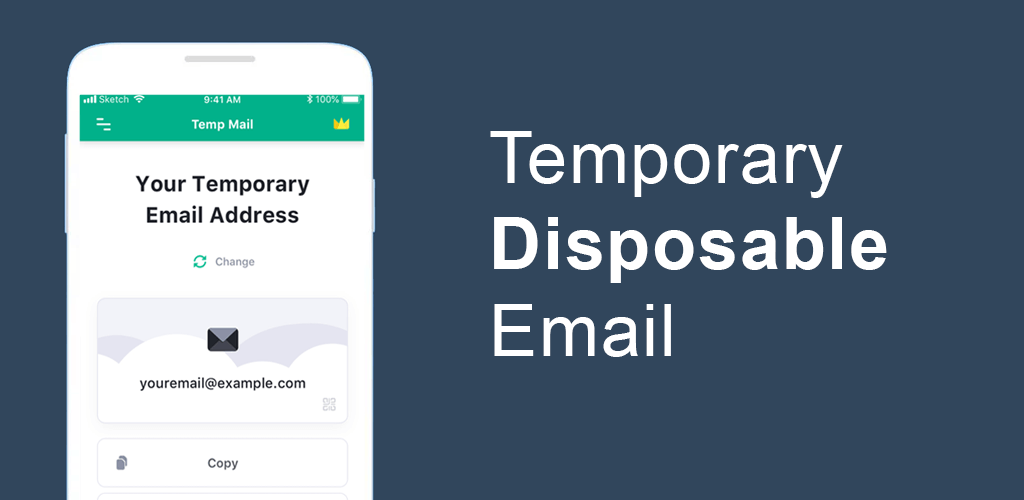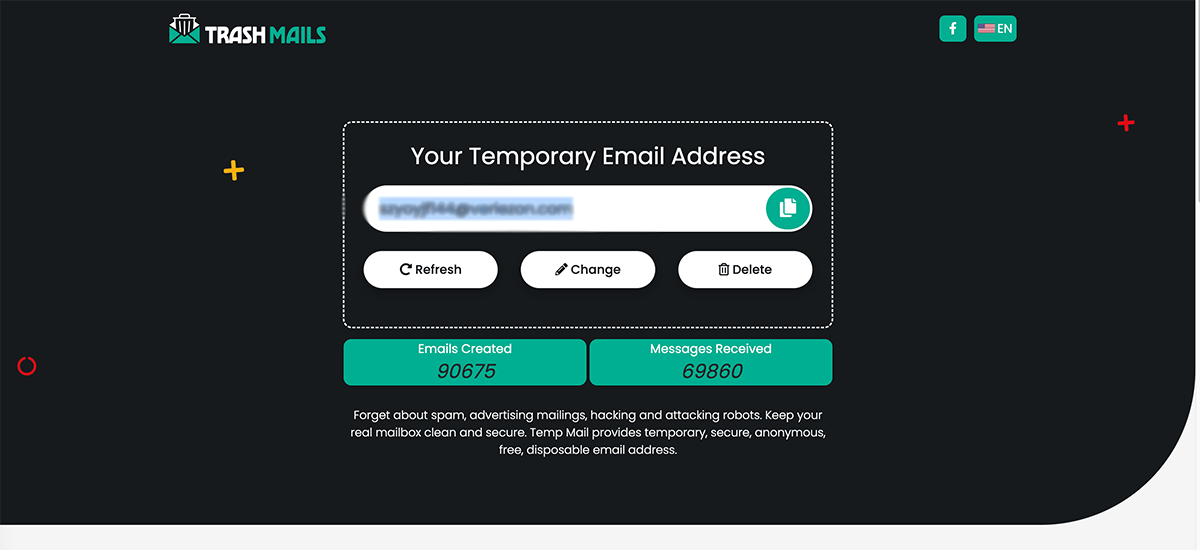In the realm of digital communication, email has become an essential tool for personal and professional interactions. However, alongside traditional email services, temporary email addresses have gained popularity. In this article, we will delve into the key distinctions between a temporary email and a regular email, highlighting their purposes, features, and advantages.
1. Definition and Purpose
A regular email, also known as a permanent or personal email, is an email account that individuals create using a unique username and a chosen domain (e.g., Gmail, Yahoo, Outlook). It serves as a long-term means of communication, allowing users to send and receive messages, files, and various types of digital content.
On the other hand, a temporary email is a short-term email address created for temporary use, typically by utilizing disposable email services. These services provide users with a temporary email address that expires after a certain period, ensuring privacy, minimizing spam, and preventing long-term commitment to an email account.
2. Duration and Expiration
One of the fundamental distinctions between a temporary email and a regular email lies in their lifespan. A regular email account is designed for long-term use and remains active as long as the user maintains it. Conversely, a temporary email address has a limited lifespan and is typically valid for a specified duration, such as a few minutes, hours, or days, depending on the service provider.
The temporary nature of these email addresses makes them suitable for situations where users require a temporary means of communication without the need for a permanent email account.
3. Privacy and Security
Privacy and security are vital concerns when comparing temporary and regular emails. Regular email accounts often require users to provide personal information during the registration process, such as their name, phone number, and alternative email address. This information may be linked to various online services, making regular emails potentially vulnerable to data breaches or targeted marketing.
In contrast, temporary emails offer a higher level of privacy and security. Users can generate a temporary email address without providing personal information, minimizing the risk of identity theft, spam, or unwanted promotional emails. Additionally, since temporary email addresses have a short lifespan, any data associated with them becomes obsolete once the address expires, ensuring that personal information remains protected.
4. Usage Scenarios
Regular email accounts are commonly used for personal and professional communication, maintaining long-term contacts, and accessing various online services. They offer features like storage, synchronization across devices, and advanced organizational tools, making them suitable for daily use.
Temporary emails, on the other hand, find utility in specific scenarios. They are often employed when users want to register on websites or platforms that require an email address for verification, but where they anticipate potential spam or do not wish to disclose their personal email. Temporary emails are also useful for short-term projects, online transactions, or testing services, where users can receive necessary information or notifications without compromising their privacy.
While regular emails are the go-to choice for long-term communication and online presence, temporary emails offer a convenient and secure solution for temporary interactions. Understanding the differences between these two types of email can help users make informed choices based on their specific needs, privacy concerns, and duration of usage.



